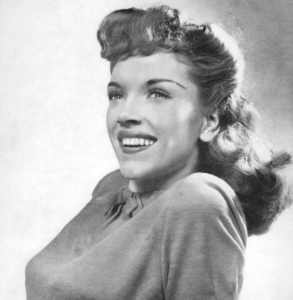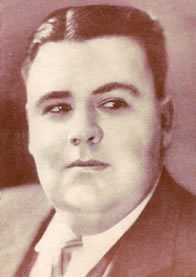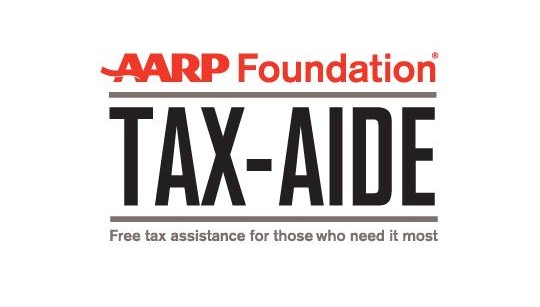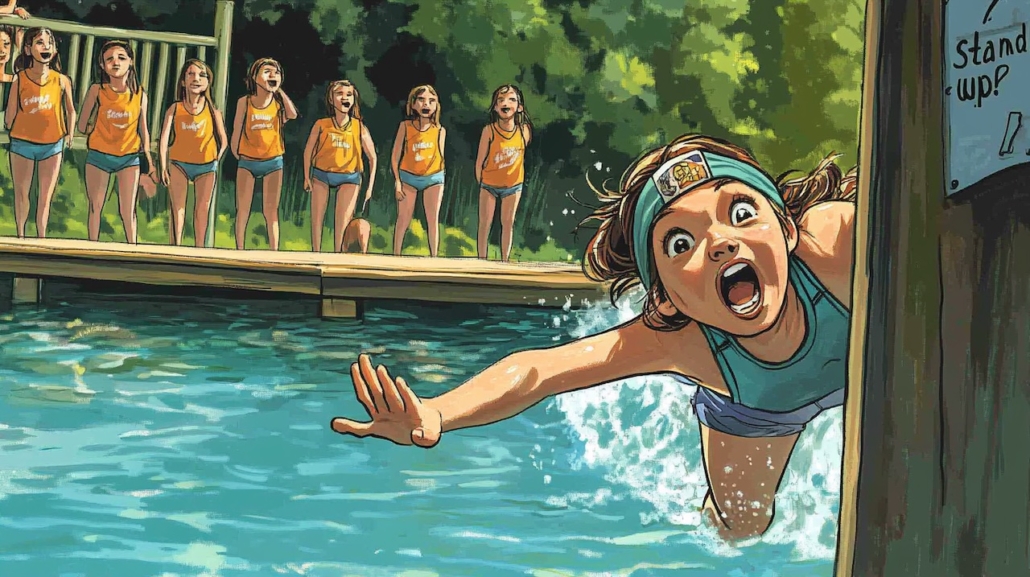FOR YOUR HEALTH: Use Personal Health Records to Take Control of Your Own Health
 By using a new app, you can take charge of your well-being, make more informed choices, and stay on top of your health with ease.
By using a new app, you can take charge of your well-being, make more informed choices, and stay on top of your health with ease.
(NAPSI)—Technology is making it easier for people to manage their health – in ways that may surprise you. Wearables in conjunction with health apps are transforming how people manage their health. These tools enable users to monitor vital signs, track healthcare activities, and manage chronic conditions with ease. By providing access to medical information, millions are making informed decisions about their well-being, improving their quality of life, and taking active steps toward a healthier lifestyle.
An Example
One easy-to-use app helps millions of people understand their health by tracking activity levels, sleep, exercise, heart rate, stress, and even what you eat. Called Samsung Health, it also offers challenges, tips, and coaching to help users set and meet their health goals.
By better understanding your personal health data, you can be in better control of your health and wellness goals. That’s why Samsung Health introduced Health Records, a new feature that gives users easy access to their medical records from clinics, hospitals and major health networks.
The new Health Records feature in the app guides users toward preventive care by offering meaningful insights and alerts that suggest proactive care steps, such as recommending medical tests or actions like scheduling your annual exam. Instead of relying on the hospital for your records, you have easy access to important data such as lab results, prescription records, list of medications, and past hospital visits.
One of the main reasons people use Health Records is because having all health information in one place makes it easy to stay in control of their health. Whether you’re tracking daily steps or managing a long-term health condition, having your health data in the app makes it simple to stay on top of things. And, with a holistic view of your health records, readily available at your fingertips, you can more effectively engage with providers.
With the ability to track everything from exercise to doctor’s appointments, medications, or test results, Samsung Health gives users more control over their health than ever before.
Learn More
To learn more visit https://www.samsung.com/us/support/owners/app/samsung-health.


 by Sheldon Goodine
by Sheldon Goodine








 You can protect your baby even before he or she is born by getting vaccinated against RSV while pregnant.
You can protect your baby even before he or she is born by getting vaccinated against RSV while pregnant.




